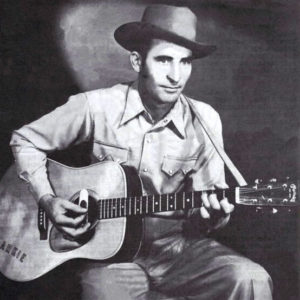 Salty Dogs at Tales from the South
Salty Dogs at Tales from the South
Entry Category: Music - Starting with S
 Salty Dogs at Tales from the South
Salty Dogs at Tales from the South
Sanders, Pharoah
Saunders, Michael Earl (Mike)
aka: "Metal Mike"
 Scaife and Cash
Scaife and Cash
 Cecil Scaife
Cecil Scaife
Scaife, Cecil Ross
Scott, Cynthia
Seals, Frank “Son”
Shape-Note Singing
Shead, Henry Wallace, Sr.
aka: Henry Shed
Shelton, Louie
Shibley, Jesse Lee “Arkie”
 “Arkie” Shibley
“Arkie” Shibley
 Silver Moon Club
Silver Moon Club
Silver Moon Club
 Silver Moon Club Entrance
Silver Moon Club Entrance
 Silver Moon Dancers
Silver Moon Dancers
 Mark Simpson
Mark Simpson
 Skylark Drive-In
Skylark Drive-In
Smith, Norman Eugene
Smith, Ocie Lee (O. C.), Jr.
Stackhouse, Houston
aka: Houston Goff
Stacy, Thomas
State of Arkansaw, The
Still, William Grant
Stilley, Edward Lawrence (Ed)
Stubblefield, John
 Lencola Sullivan
Lencola Sullivan
Sullivan, Orean Lencola
 "Sultana," Performed by Harmony
"Sultana," Performed by Harmony
Sundown to Sunup Gospel Sing
aka: Albert E. Brumley Memorial Gospel Sing
 Roosevelt Sykes
Roosevelt Sykes




